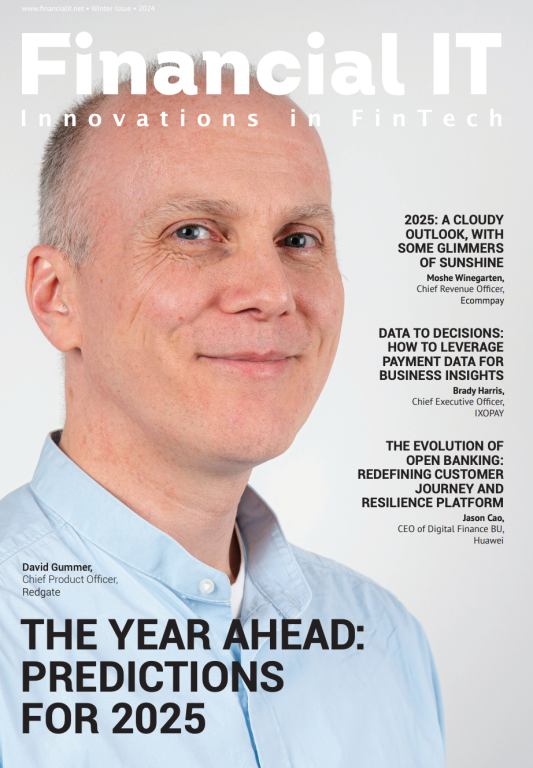Empowering Payments with Request to Pay

- Trevor LaFleche, Senior Director and Product Management at Fiserv
- 25.07.2019 11:00 am Financial IT #payments
Over the last decade, the payments industry has transformed significantly. The rapid shift to faster and more seamless payments has made it easier for both individuals and businesses to transact. Now, the advent of Request to Pay (R2P) provides payees and payors with more control over their payments. With R2P, the industry can add value to the end-to-end transaction flow and reap the benefits that come with the ability for everyone from individuals to large corporates to request payments at ease and with more transparency.
The cost for a business, whether it is a mom and pop shop or a multinational, to chase and apply payments can be significant and does not add value to the bottom line. R2P has the potential to improve efficiency by making payments more seamless. From a consumer perspective, sending money to a new recipient can be a daunting fraud-prone task. R2P addresses this issue by providing a convenient mechanism that enables the payee to provide the payor a simple process to pay, with control over the timing and amount of the payment. This can reduce friction and increase the speed of payment.
The value of Request to Pay is that the payee can raise the obligation to pay and include all the necessary information about the payment in a message that travels to the recipient electronically. The recipient then has all the information they need to initiate a payment, and all the un-altered information travels back with the payment for use by the payee. This seemingly simple yet surprisingly significant innovation will improve efficiencies and enable a myriad of new use cases.
A smarter way to manage payments
Created to sit alongside existing payment instruments, R2P provides a secure, trusted means for individuals, businesses and organisations to advise another individual, business or organisation of their obligation, and allow them to pay it. This could include sole traders requesting small payments, or larger businesses requesting payments worth thousands of pounds.
R2P enables financial institutions (FIs) to offer a smarter payments collection capability to several customer segments, saving them time and money compared to their existing process. For example, through R2P, a creditor can send a digital payment request that can appear in a multitude of ways – as an in-app notification or email. A wide range of supporting information can also be attached to these requests, and, if required, partial payments or instalments can be enabled. A richer amount of transaction information can also be made available, making it easier for individuals and businesses to understand their precise financial position.
To use an example of this application, take the payment of a monthly utility bill. If an individual chooses the ‘Request to Pay’ service instead of a direct debit option, the energy service provider can send the customer a ‘Request to Payment’ notification that is then presented in the customer’s mobile banking app with options to action. R2P gives customers control of how much of the bill they pay and when, as opposed to the full amount being automatically debited from their account at a set time.
Improving the ability to pay electronically
When it comes to payments, an empowered relationship between businesses and their customers is beneficial for both parties. Using R2P, companies that operate a cash-on-delivery business can raise a ‘Request to Pay’ for the goods accepted or the recipient can partially pay for goods delivered with full electronic commentary associated with the payment. This very direct interaction also allows businesses to apply funds to their books more effectively, reduce exception management and limit time spent reconciling payments.
For many, this will help to manage cashflow. Whether sole traders or big businesses, R2P can improve the process for those who rely on payments. Many SMEs face income uncertainty, and rely on savings to cover their regular monthly outgoing payments, as their customer invoices are not always paid on time. Also, with no dedicated billing and collection functions, they can find it challenging to issue invoices, track payments, and manage working capital. R2P has the potential to transform this type of situation, enabling the business to manage their cash flow better and have more direct relationships with customers. And a bank seeing the R2P issued might be able to offer
services based on this new information flow.
In summary, the advent of new faster payment rails and the move to real-time is the first step to a more seamless, frictionless payments paradigm. The addition of R2P in many of these new schemes has the potential to reduce costs for businesses, improve convenience for consumers and ensure account-to-account based payments are a first class citizen in the payments world.






















